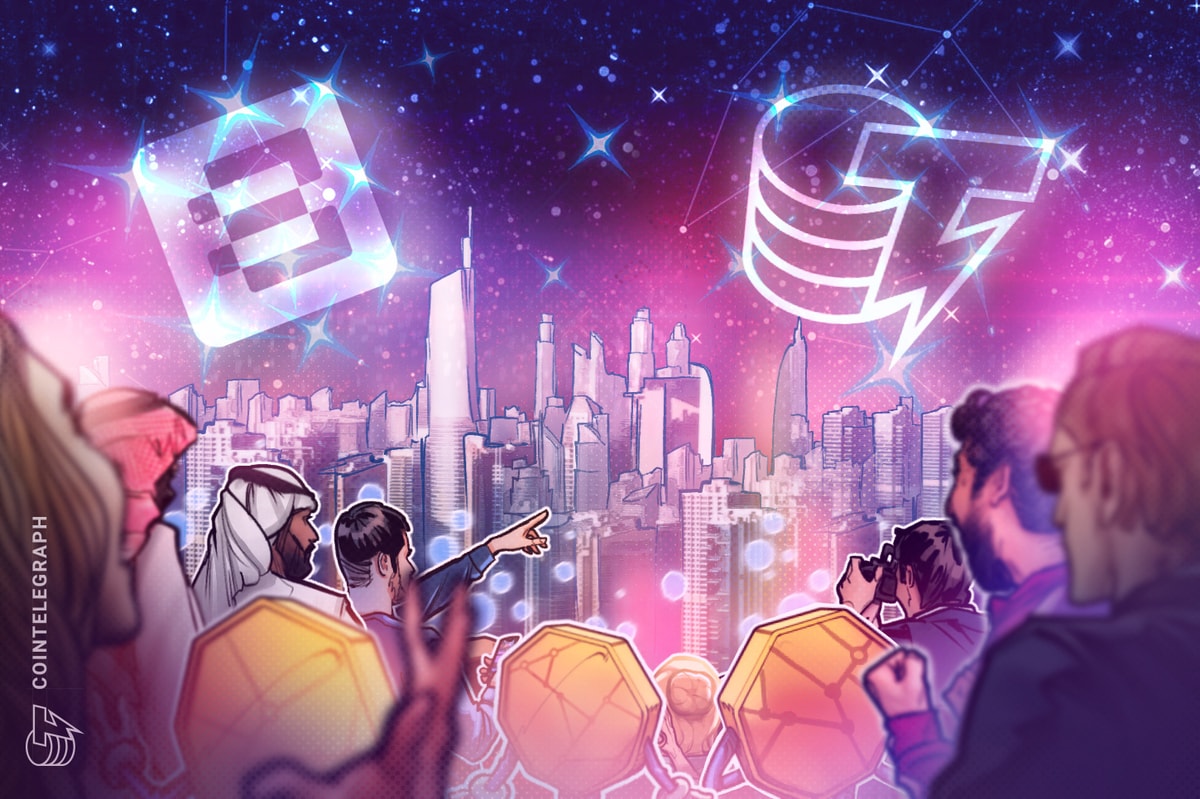
The Blockchain creates and records all digital currency transactions using mathematics.
The Bitcoin blockchain uses the computing power on Earth to solve these math problems that confirm transactions made using the digital currency Bitcoin.
As many are familiar with the cryptocurrency Bitcoin, many people still don’t understand blockchain’s other uses. The blockchain saves aspects of each transaction made using the currency; small transactions can be made in which information is stored. This allows for the possibility of signing and permanently recording legally binding documents.
Blocksign is allowing individuals to harness this ability.
Blocksign is a service that lets people digitally sign legally binding documents and preserve a private record of their signed document in the blockchain, where they can access it for free forever. Blocksign uses the decentralized public ledger of the block chain to sign, timestamp, and allow you to later verify the authenticity of a document that has been block signed.
I met Nicholas Thorne, the co-creator of Blocksign, who answered some questions about this service.
Kevin Cruz: How does Blocksign work?
Nicholas Thorne: Upload a document from a computer or Dropbox, place a signature wherever you’d like, and download the signed document.
Once the document has been signed, it is sent to Blocksign, where a cryptographic hash (32-digit string of letters and numbers) is made out of the document. It is then recorded on the blockchain like all bitcoin transactions. That’s it.
If you want to verify a document you go through the same process and Blocksign searches the blockchain for that hash to see if it has ever been logged before, if so returning information verifying the authenticity of the document. We have also published documentation of this methodology so that signed document records can always be verified here: https://github.com/blocksign/blocksign
What’s the benefit?
Signing documents and contracts can often be a confusing or tedious process. Blocksign provides a solution that makes it easy to sign a document, while also providing an incredible way to permanently preserve verifiable records of what you’ve signed.
The document signing process is really just about communication, and exceptional record keeping is an extension of that.
What is your professional background?
I started my career as an investment banking analyst [at] Goldman Sachs. I basically spent 120 hours per week building financial models of technology and media companies. I left there after a few years to start a digital badge company called Basno with a group of partners. Blocksign is a product of Basno.
What are you currently occupied with?
Blocksign is a product of Basno, which is a company that we started in 2011 around exploring ways in which identity, trust, and verification take form online. Basno’s first product, is a platform for creating, collecting, and verifying credentials. The Basno team has been interested in bitcoin and the blockchain for some time and over the past 6 months we began to really explore how we might be able to leverage the blockchain technology around our existing expertise and ultimately arrived at Blocksign, which was just launched in the middle [of] August.
What is your vision for Blocksign?
Our vision for Blocksign has a number of components, some more immediately actionable than others. First and foremost, however, we want to make signing documents and contracts as easy and useful as possible. There is a tremendous amount of important information and value embodied in contracts and agreements, yet traditionally they are just thought of as tedious paperwork that you just need to get done. Attaching an image that looks like a traditional signature to a PDF doesn’t do justice to the inherent potential of contracts and documents and our current technology.
We think step one in that process is making an easy to use product, and step two is doing so in a way where the records are preserved in a decentralized ledger that guarantees exceptional record keeping and authentication. Beyond that there is a vast array of use cases that we are excited about, which is one of the reasons why we are spending time building out an API that others can use and take advantage of.
If the block chain is to achieve its full potential that the average person will need to be able to easily and understandably interface with the technology.
We believe further that the act of signing is one of the fundamental user interaction models for the blockchain. We think of it as a method of committing to something and of authorizing some thing or some behavior. So we really think that signing or using your signature will be something that becomes a very common element of how people interact with block chain technologies and applications, which is why we’ve started with building the product that we have.










